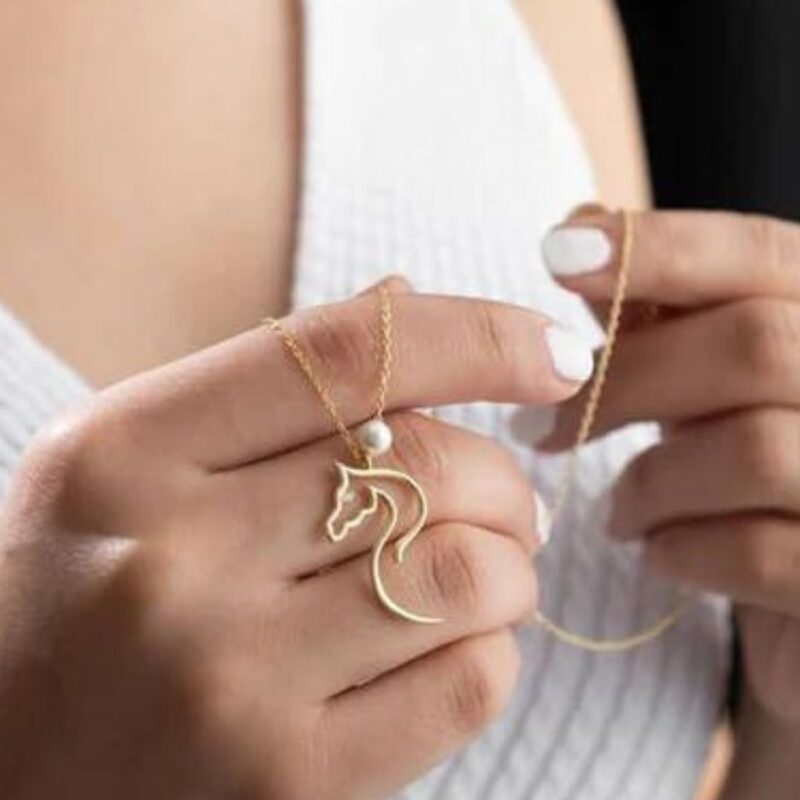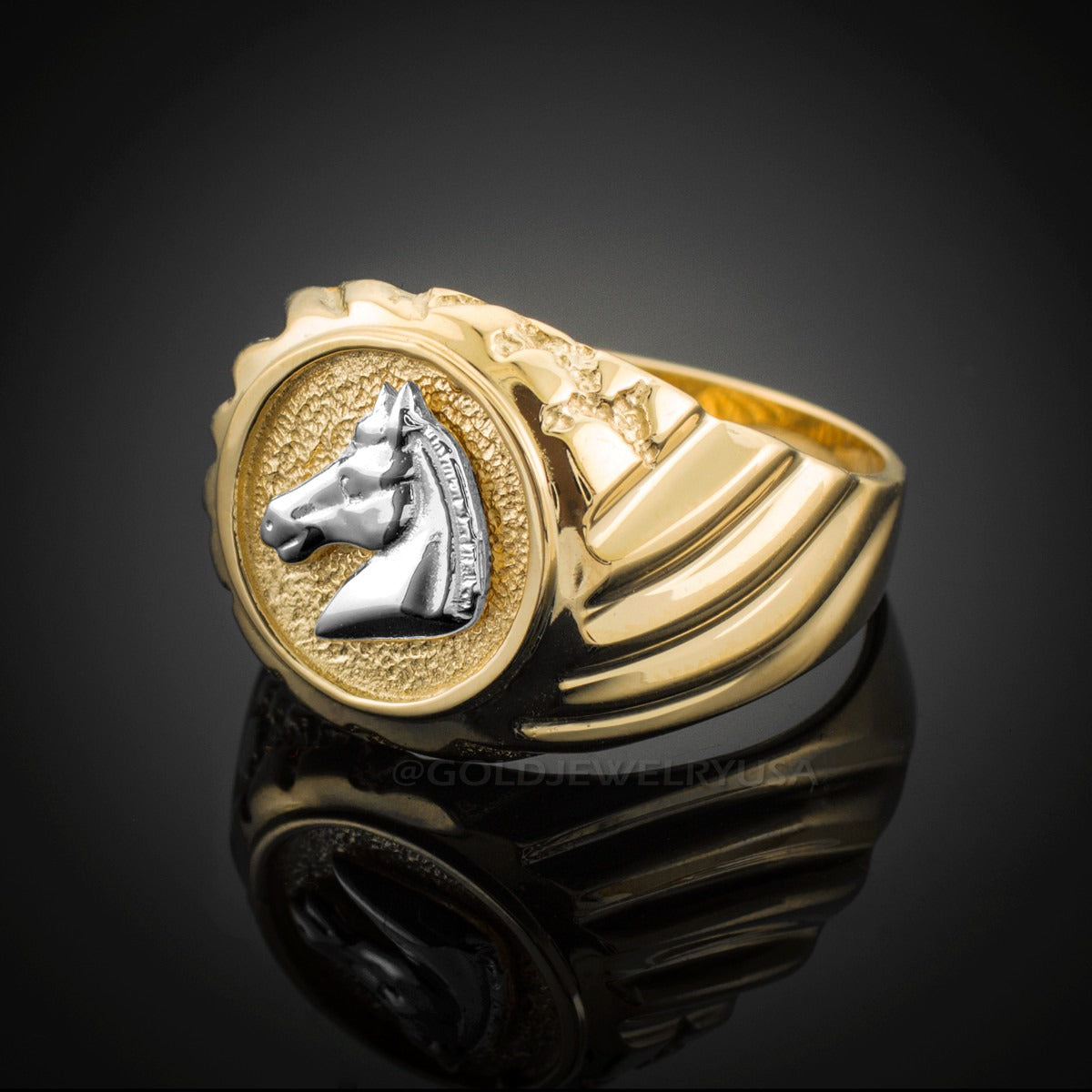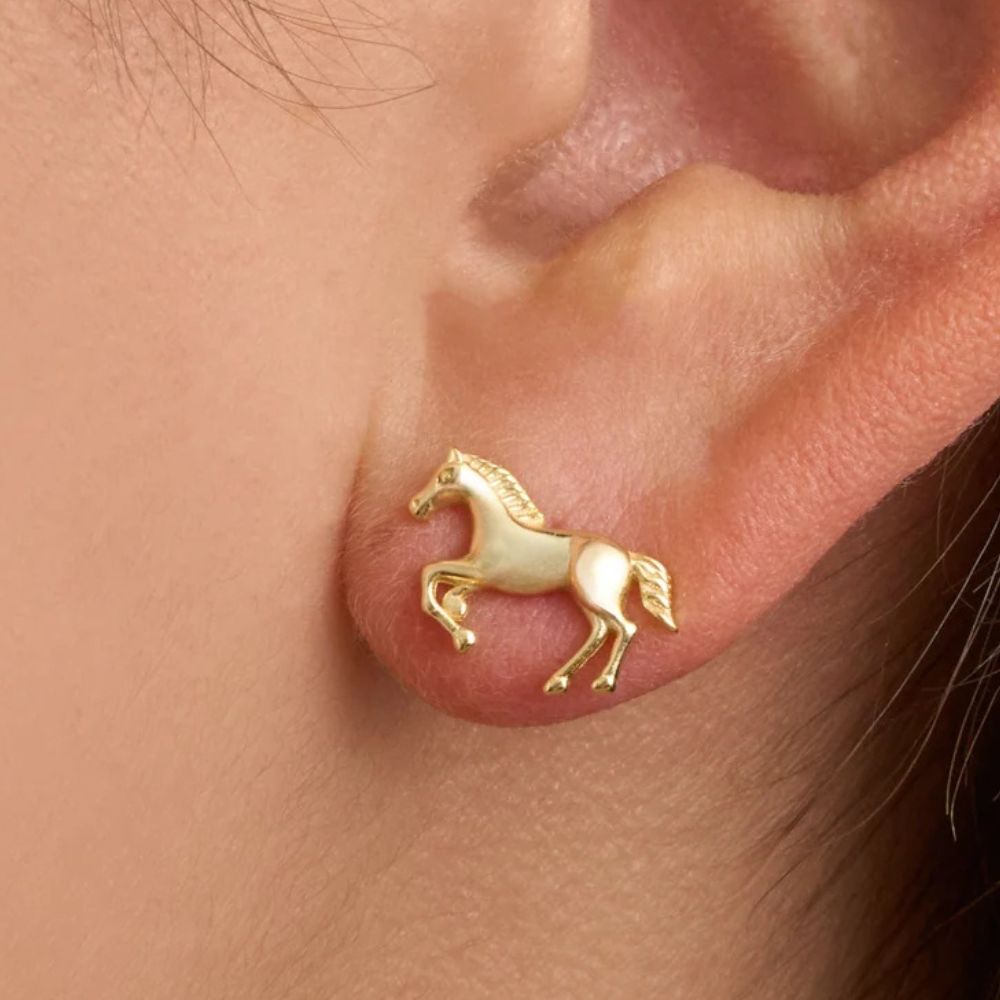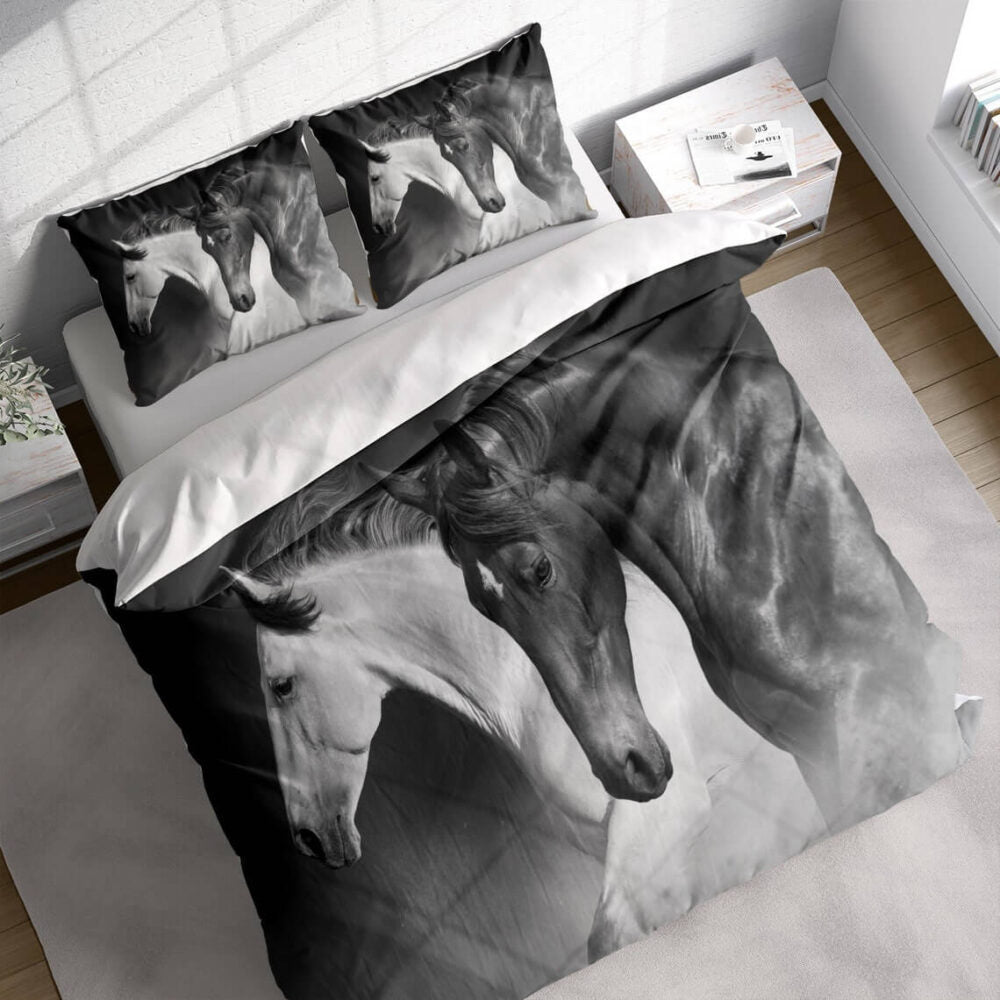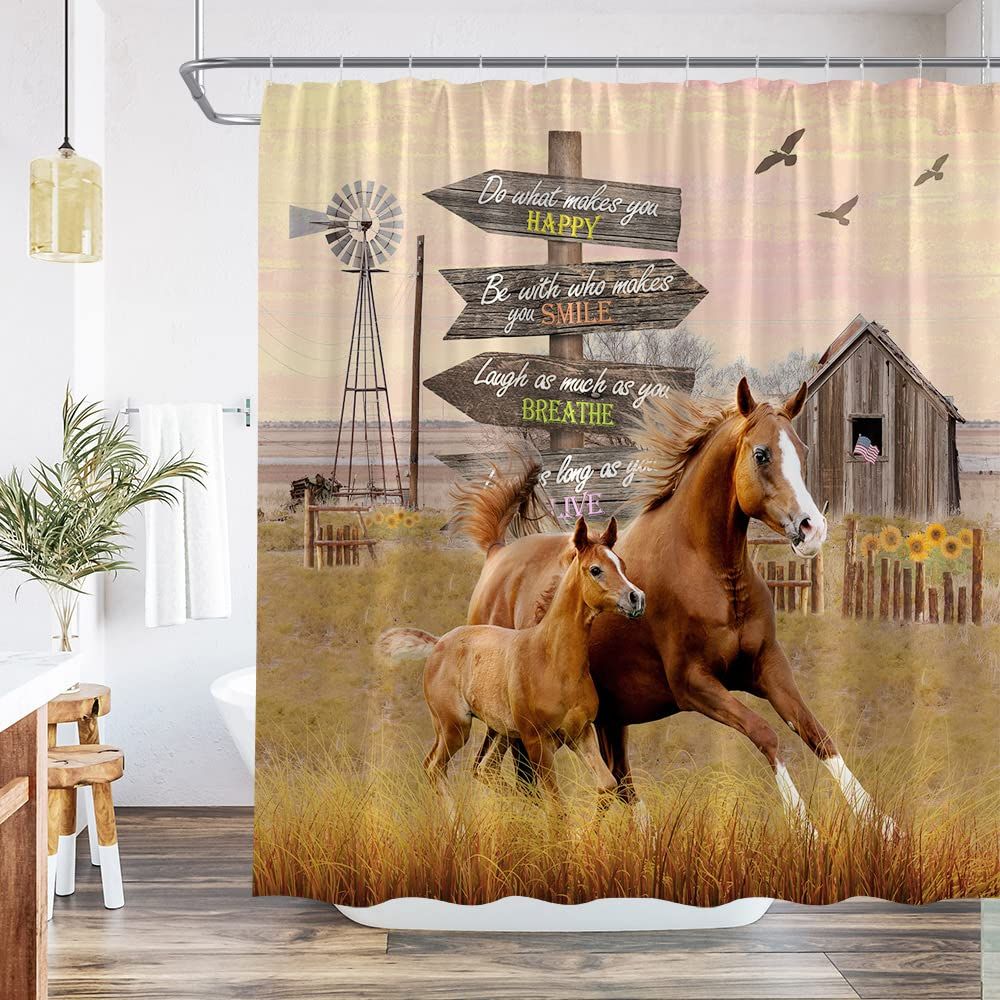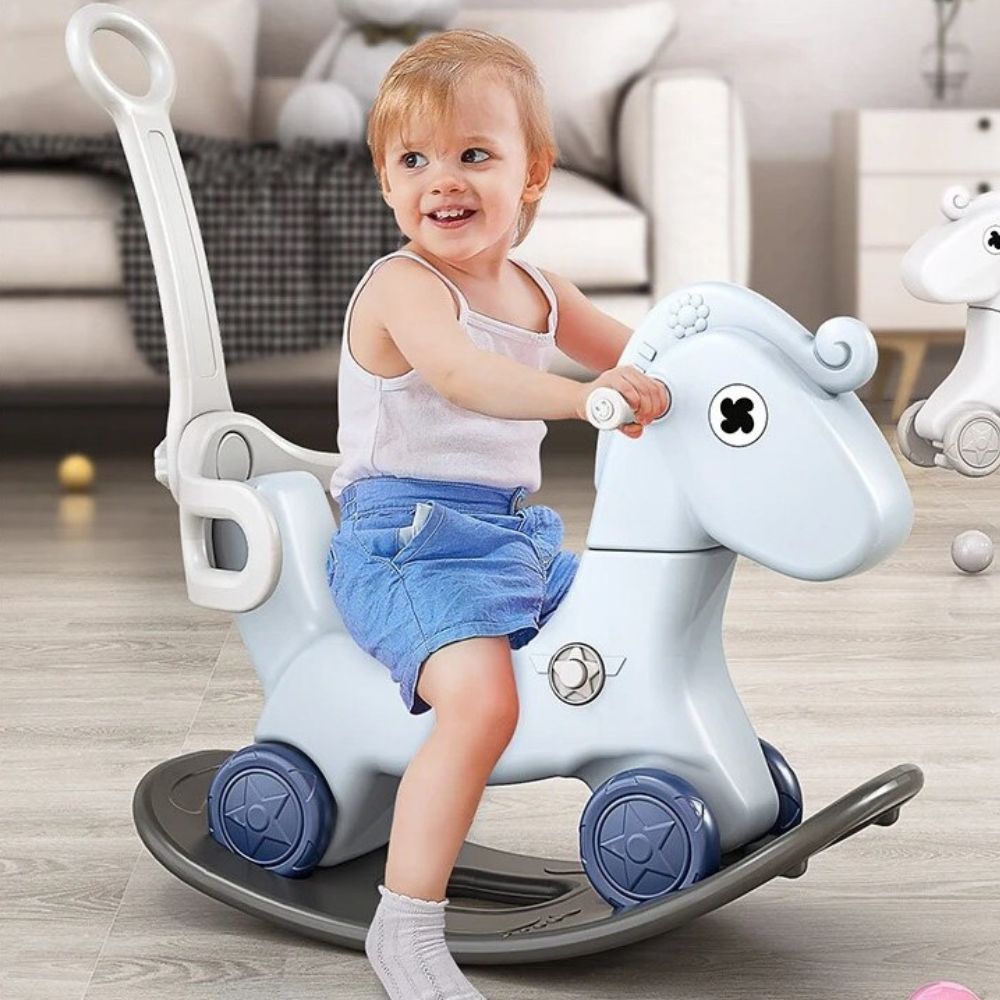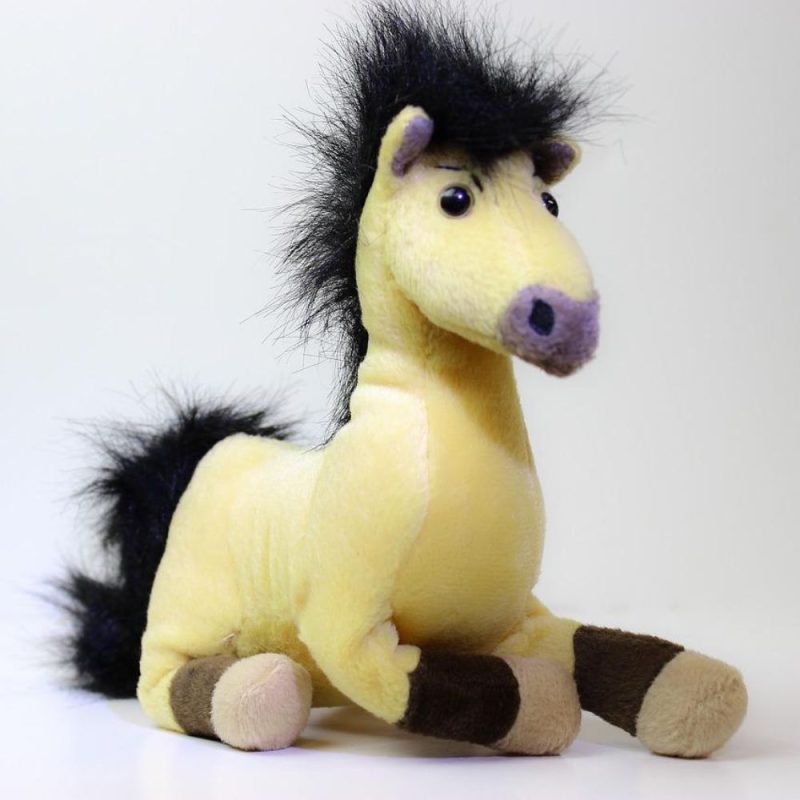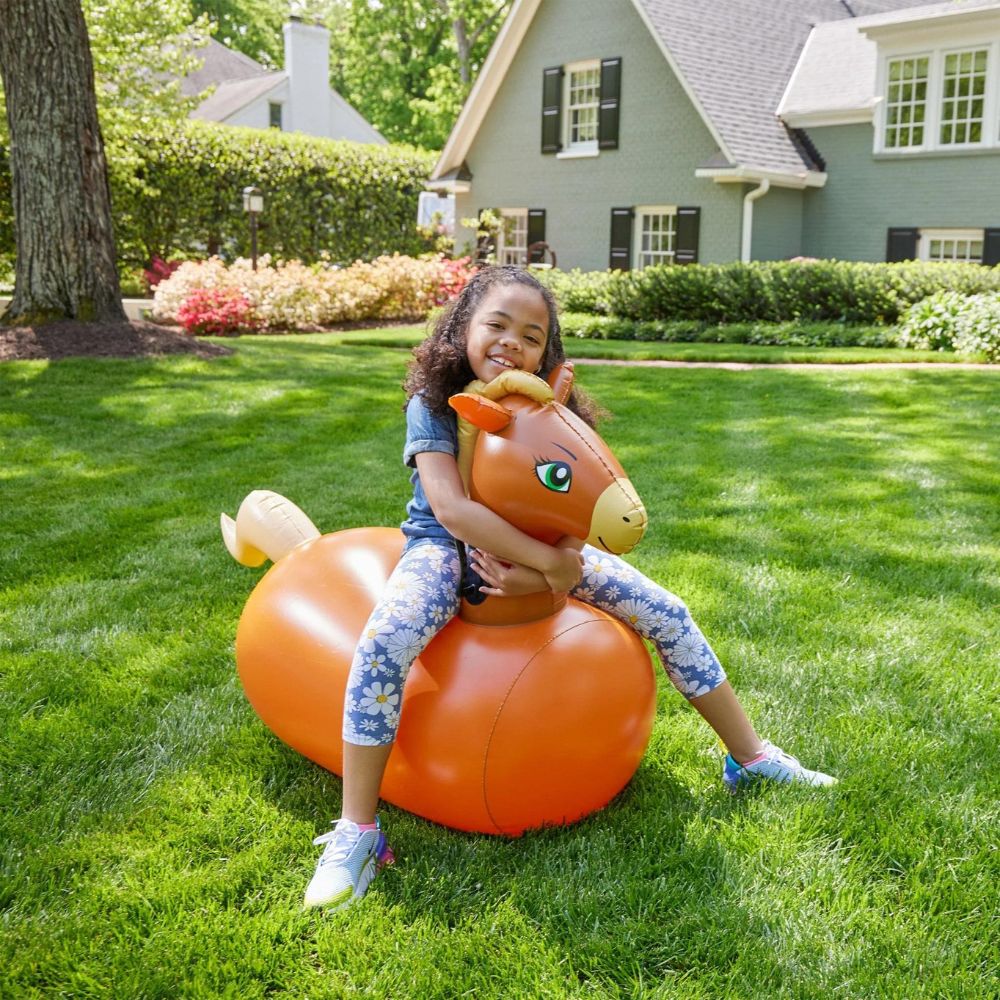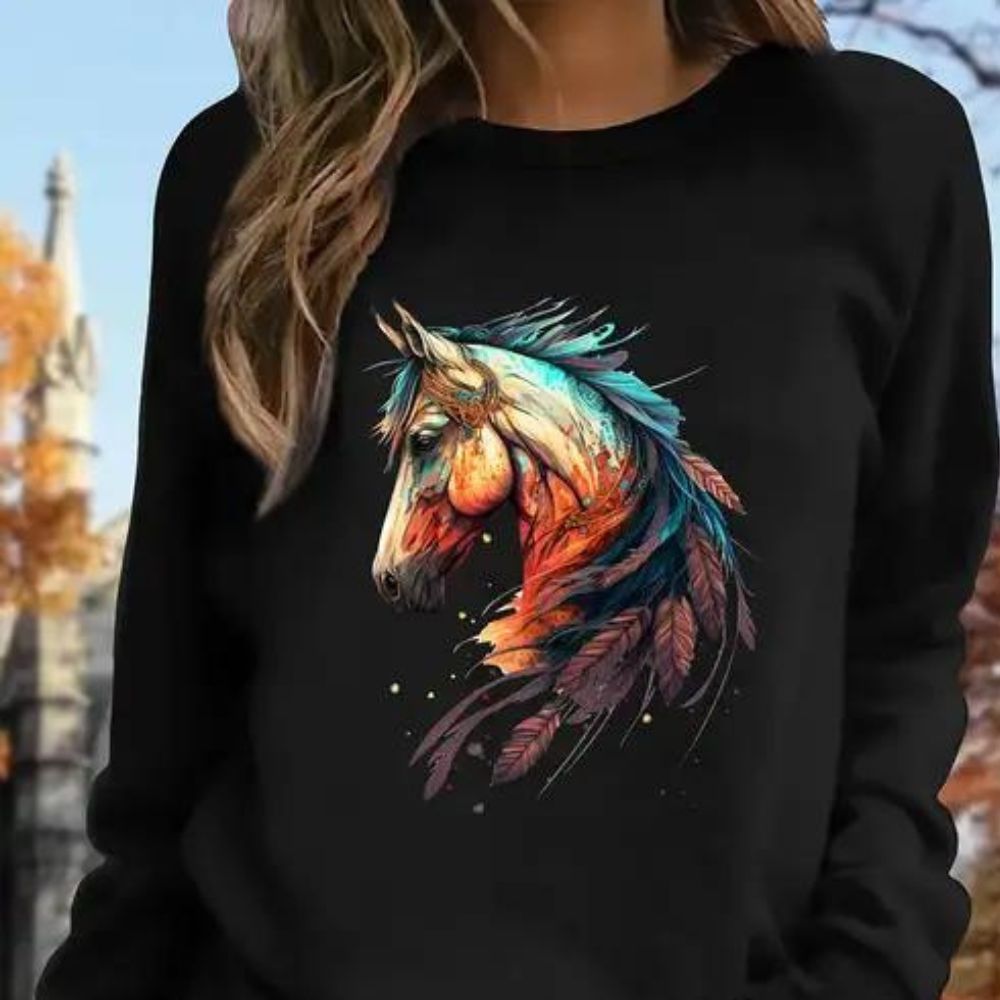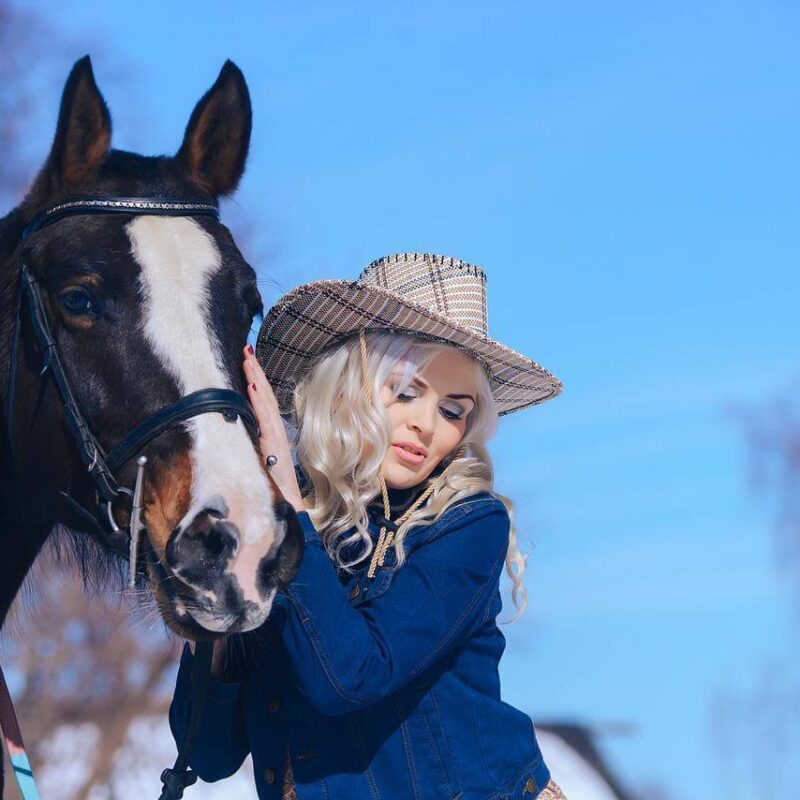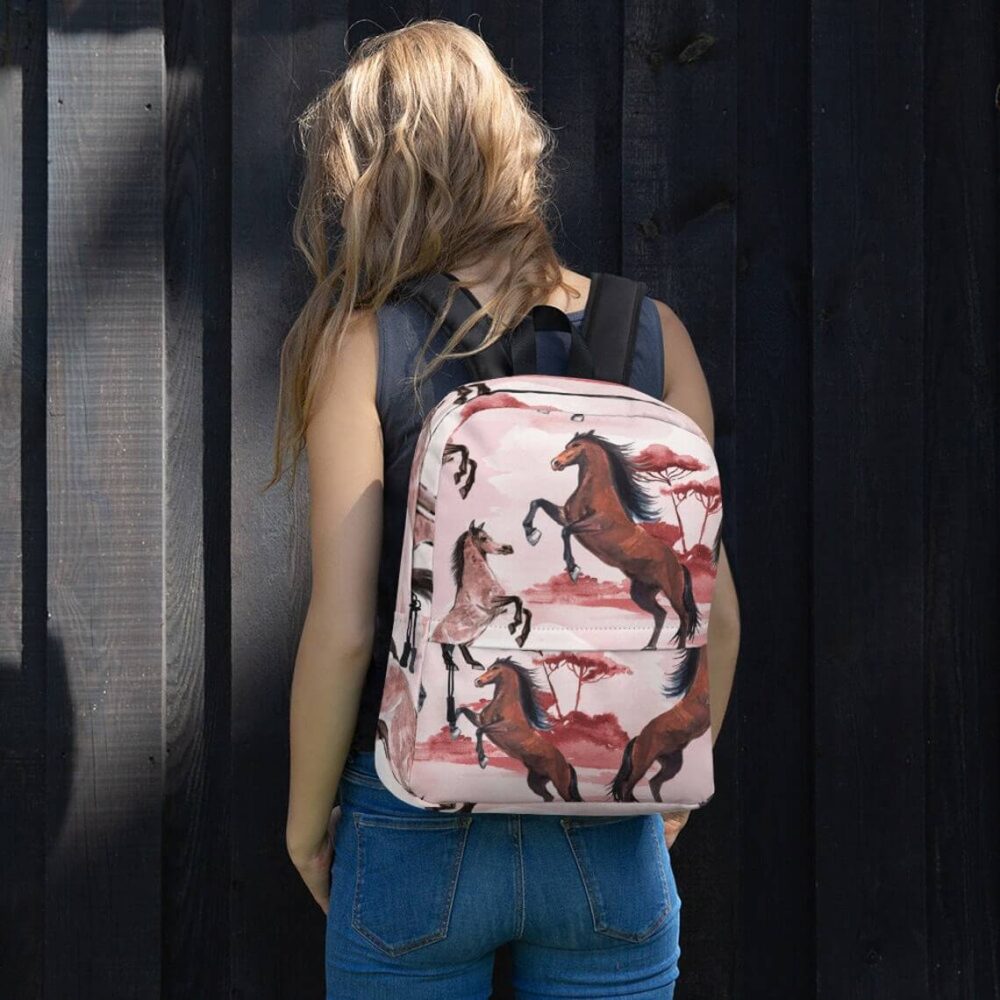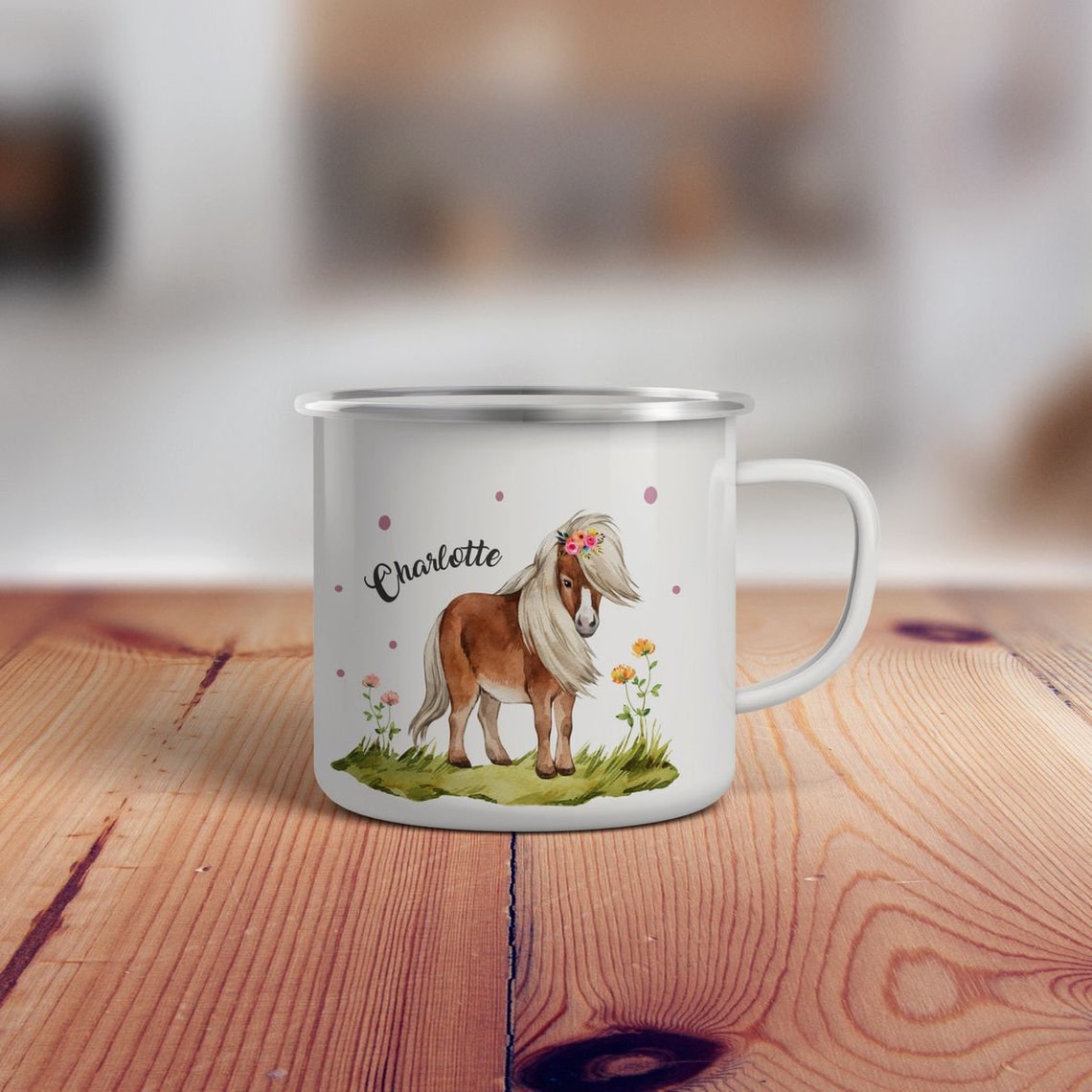
How Long Does a Horse Stay in Heat
The rhythmic stomping of hooves, the restless tail swishing, and that unmistakable call—mares in heat have a way of making their condition known. If you’ve ever wondered how long this fiery phase lasts, you’re not alone. Whether you’re a seasoned horse owner or just curious about equine behavior, understanding a mare’s heat cycle is key to managing her health, mood, and breeding potential.
So, how long does a horse stay in heat? The short answer: typically 5 to 7 days, but it’s not quite that simple. Mares cycle every 21 days during the breeding season (spring and summer), with heat lasting about a week. But factors like age, environment, and even individual temperament can tweak this timeline. Younger mares or those in peak breeding condition might show more intense signs, while older mares could have shorter or less obvious cycles. And let’s be honest—some mares wear their hearts (and hormones) on their sleeves, while others keep it low-key.
The heat cycle, or estrus, is nature’s way of signaling fertility. During this phase, mares are receptive to stallions, and their bodies prepare for potential pregnancy. You’ll notice behavioral clues: frequent urination, flirting with other horses, or even a sassy attitude. Yet, unlike humans, horses don’t have a monthly cycle year-round. Their reproductive system takes a winter hiatus, kicking back into gear as daylight stretches longer in spring.
The Phases of a Mare’s Heat Cycle
The equine reproductive cycle is a dance of hormones, roughly **21 days** from start to finish. Here’s the breakdown:
Estrus (Heat)
This is the **5 to 7-day window** when the mare is fertile and receptive to breeding. Follicles in her ovaries mature, and estrogen levels peak. You might catch her winking (lifting her tail), squatting, or showing off for nearby stallions.
Diestrus
After heat, she enters a **14 to 15-day phase** where progesterone dominates. If she’s pregnant, her body starts supporting the embryo. If not, the cycle resets. This is when mares often seem more settled—no more flirty antics.
Signs Your Mare Is in Heat
Not all mares are drama queens, but some signs are hard to miss:
- **Tail raising and “winking”** (exposing the vulva)
- **Increased urination**, sometimes with a strong-smelling discharge
- **Mood swings**—sudden irritability or clinginess
- **Flirting** with other horses, even if they’re not stallions
Factors That Influence Heat Duration
Season and Daylight
Horses are **long-day breeders**, meaning they cycle most reliably when days are longer. Winter usually shuts things down, while spring sunlight jumpstarts fertility.
Age and Health
Younger mares (3–12 years) tend to have **stronger, more regular cycles**. Older mares or those with health issues might have shorter or erratic heats.
Stress and Environment
A stressed mare—whether from travel, illness, or a chaotic herd—might skip a cycle or show muted signs.
Breeding Considerations
If you’re planning to breed, timing is everything. Veterinarians often use **ultrasounds or hormone tests** to pinpoint ovulation. And while natural breeding works, many opt for artificial insemination for safety and precision.
Managing a Mare in Heat
Some mares become distracted or even unruly during estrus. If she’s not breeding, keep her routine consistent. Redirect her energy with extra groundwork or turnout. For performance horses, hormonal supplements (like **Regu-Mate**) might help stabilize moods—but always consult your vet.
A Final Thought
There’s something poetic about the way horses remind us of nature’s rhythms—cycles of energy, rest, and renewal. Whether you’re navigating breeding plans or simply decoding your mare’s latest mood swing, understanding her heat cycle fosters a deeper connection. After all, every flick of her tail or mischievous glance is a whisper of life’s ancient, unbroken dance. Cherish the ride. 🐴








